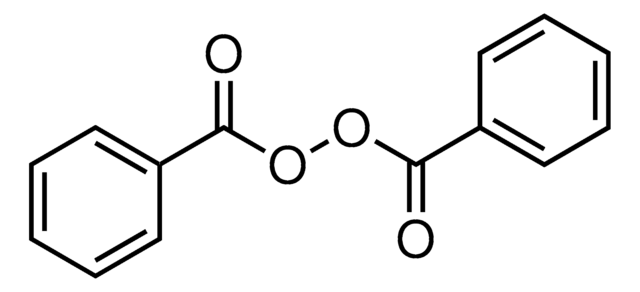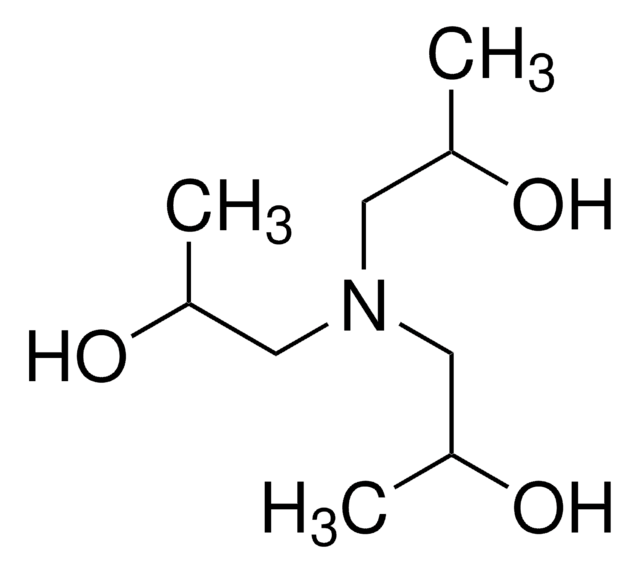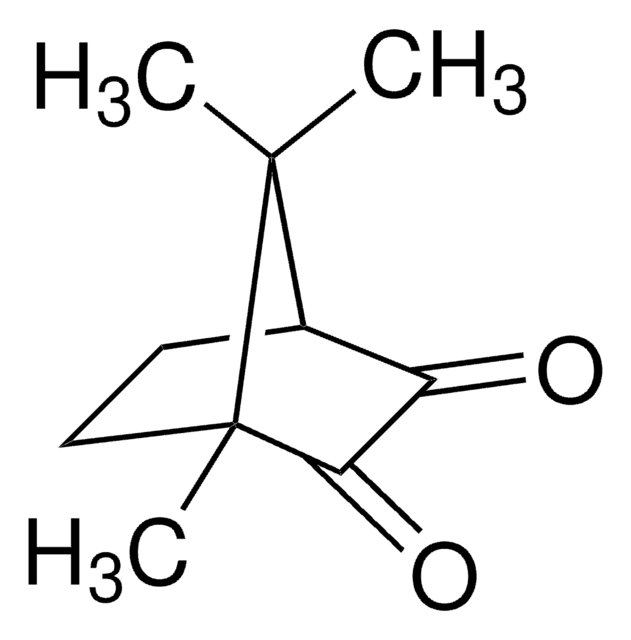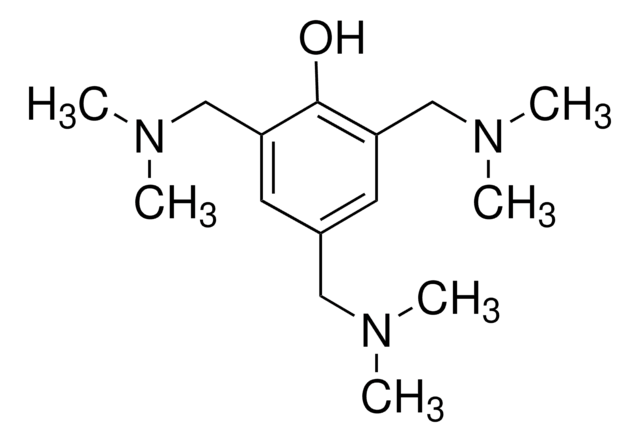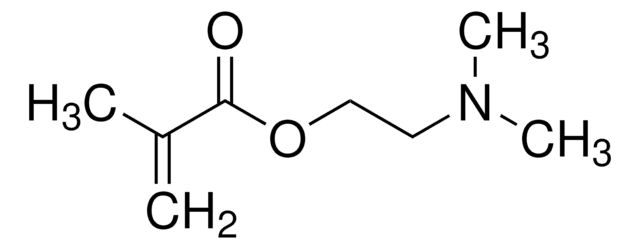Wichtige Dokumente
14889
2,2′-(4-Methylphenylimino)diethanol
≥97.0% (NT)
Synonym(e):
2,2′-(p-Tolylimino)-diethanol, N,N-Bis-(2-hydroxyethyl)-p-toluidin, N-(p-Tolyl)-diethanolamin
About This Item
Empfohlene Produkte
Assay
≥97.0% (NT)
Form
solid
bp
338-340 °C (lit.)
mp (Schmelzpunkt)
49-53 °C (lit.)
Funktionelle Gruppe
amine
hydroxyl
SMILES String
Cc1ccc(cc1)N(CCO)CCO
InChI
1S/C11H17NO2/c1-10-2-4-11(5-3-10)12(6-8-13)7-9-14/h2-5,13-14H,6-9H2,1H3
InChIKey
JUVSRZCUMWZBFK-UHFFFAOYSA-N
Suchen Sie nach ähnlichen Produkten? Aufrufen Leitfaden zum Produktvergleich
Anwendung
Vorsicht
Signalwort
Danger
H-Sätze
Gefahreneinstufungen
Acute Tox. 4 Oral - Aquatic Chronic 3 - Eye Dam. 1 - Skin Sens. 1
Lagerklassenschlüssel
11 - Combustible Solids
WGK
WGK 3
Flammpunkt (°F)
Not applicable
Flammpunkt (°C)
Not applicable
Persönliche Schutzausrüstung
dust mask type N95 (US), Eyeshields, Gloves
Hier finden Sie alle aktuellen Versionen:
Besitzen Sie dieses Produkt bereits?
In der Dokumentenbibliothek finden Sie die Dokumentation zu den Produkten, die Sie kürzlich erworben haben.
Kunden haben sich ebenfalls angesehen
Unser Team von Wissenschaftlern verfügt über Erfahrung in allen Forschungsbereichen einschließlich Life Science, Materialwissenschaften, chemischer Synthese, Chromatographie, Analytik und vielen mehr..
Setzen Sie sich mit dem technischen Dienst in Verbindung.




